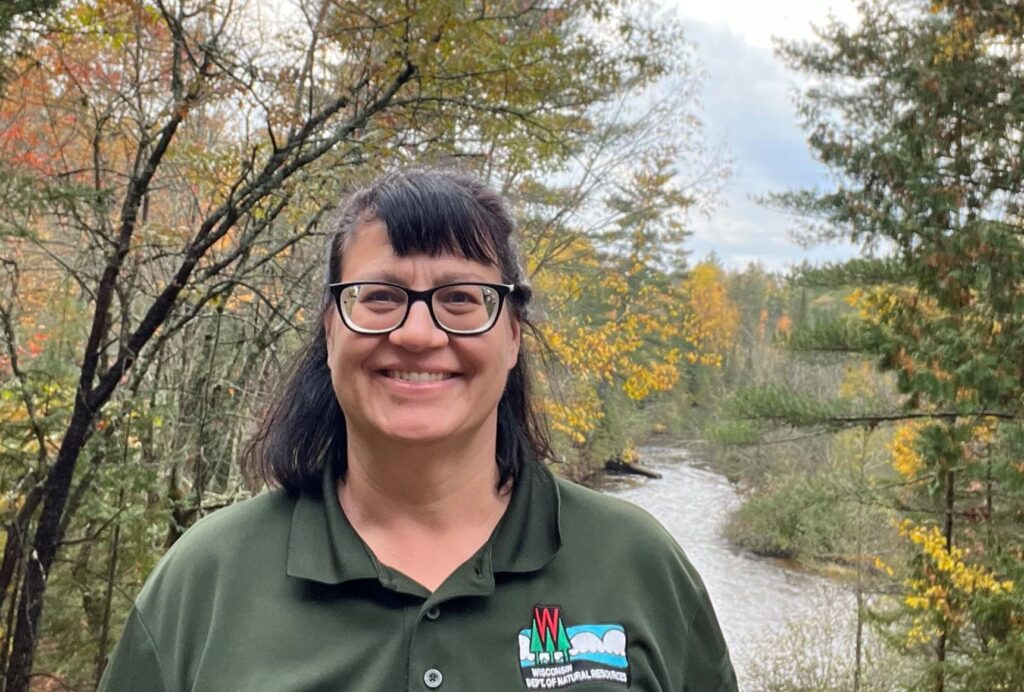 DNR Urban Forestry welcomes Jenn Janness to the team. She will be focusing on urban forestry outreach and supporting the Urban Forestry Council. Jenn shares this introduction of herself:
DNR Urban Forestry welcomes Jenn Janness to the team. She will be focusing on urban forestry outreach and supporting the Urban Forestry Council. Jenn shares this introduction of herself:
I have spent most of my career involved in outreach, training and nonprofit management. I worked at UW-Oshkosh as an AmeriCorps program director for many years before becoming a job skills instructor and then a program coordinator for a transitional housing program. Since 2021, I have been employed with the DNR at the Kettle Moraine Northern Unit and at Brule River State Forest as a Natural Resources Educator and Park and Rec Specialist. I look forward to learning more about urban forestry and combining my communications skills with my passion for conservation. Luckily, the Brule DNR had space so I can continue to enjoy beautiful views out of the windows of their historic building while I work! In my free time, I enjoy exploring the outdoors, crocheting and reading in my hammock. I love to travel so am looking forward to visiting different areas of the state as part of my new position!

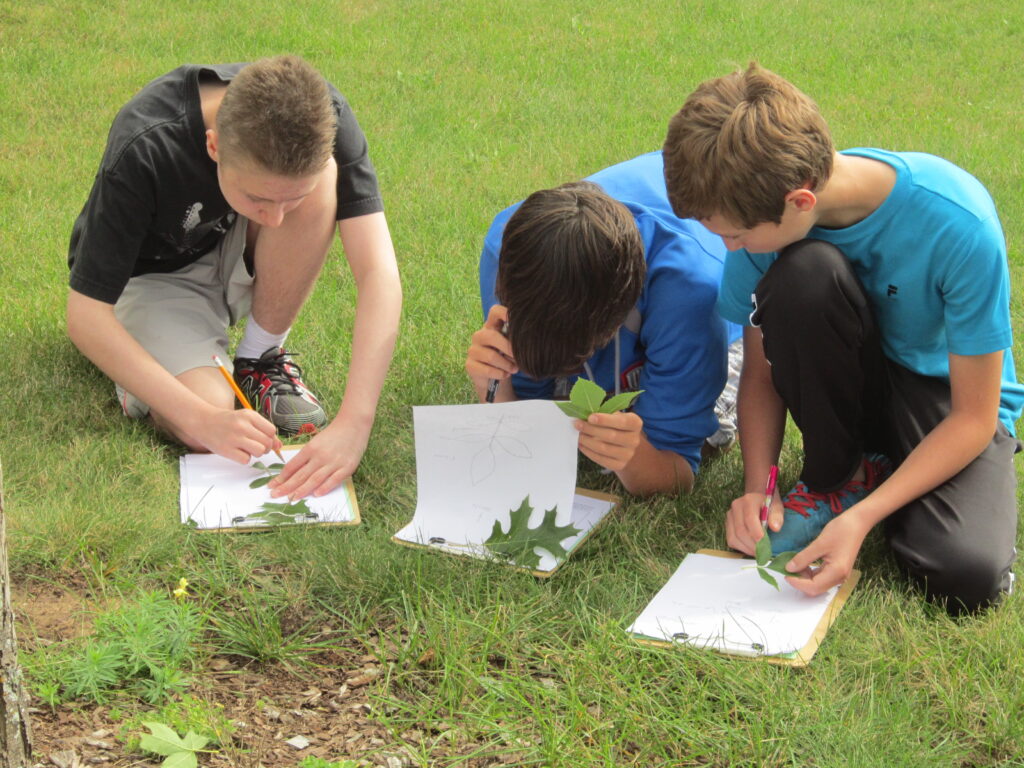
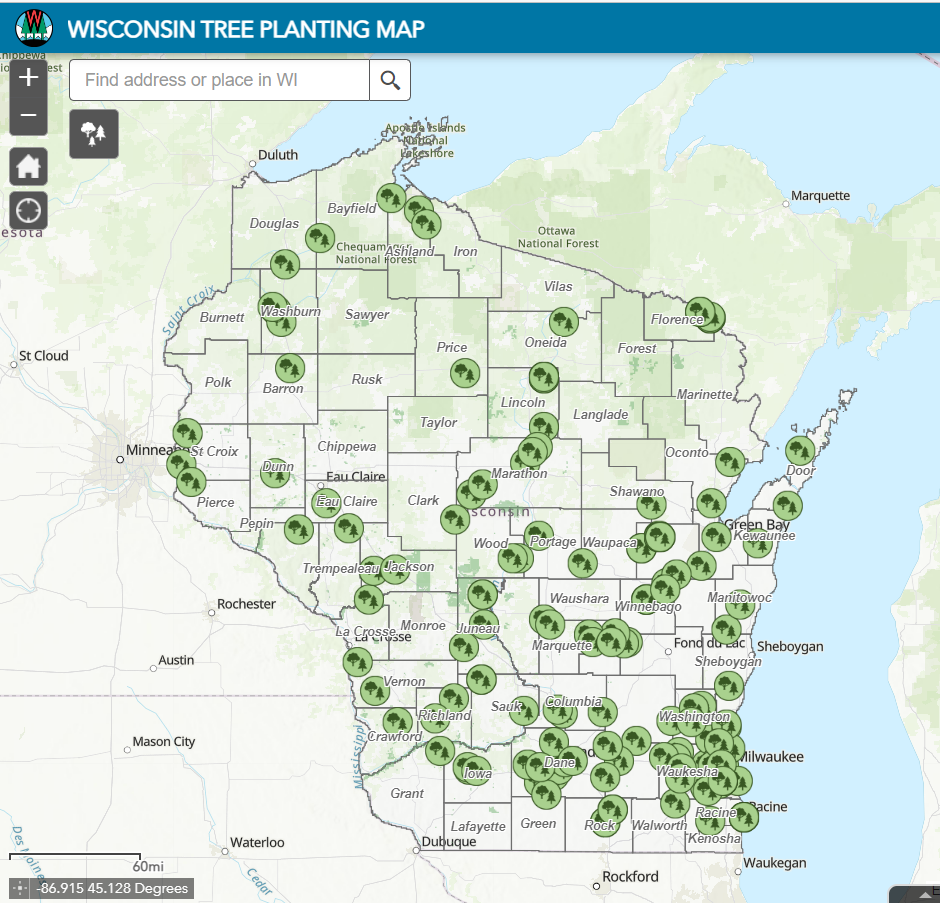 Autumn is a great time to plant trees. After the trees go in the ground, please take a few minutes to document the effort in the
Autumn is a great time to plant trees. After the trees go in the ground, please take a few minutes to document the effort in the 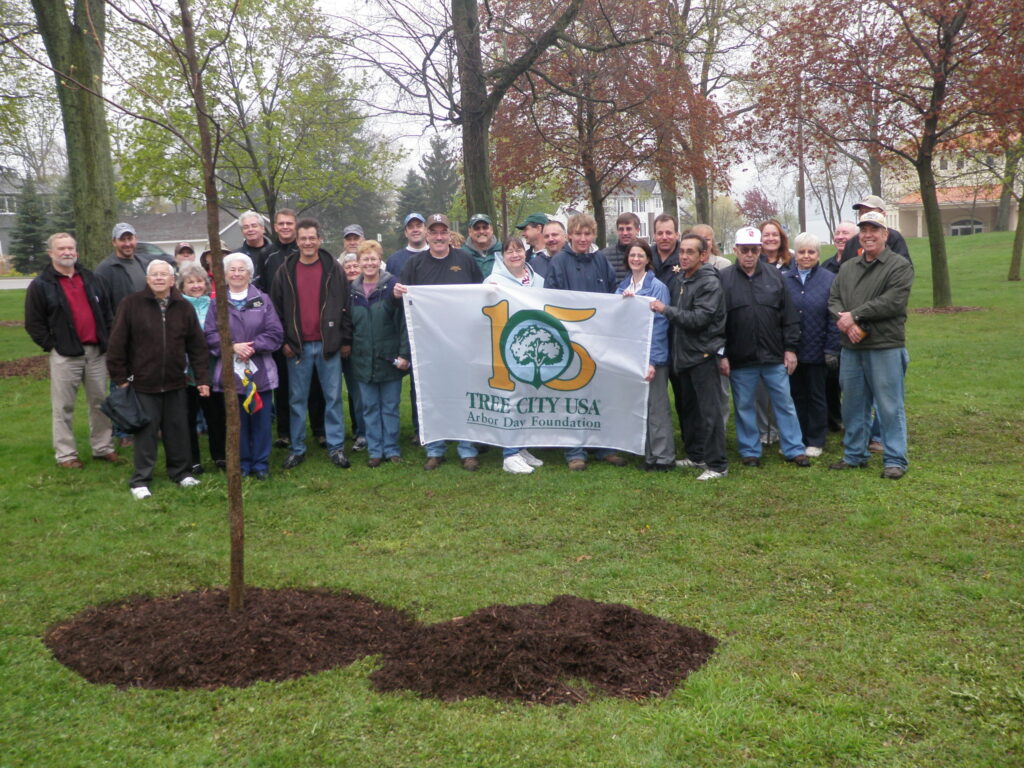 The application portal for Tree City USA is
The application portal for Tree City USA is 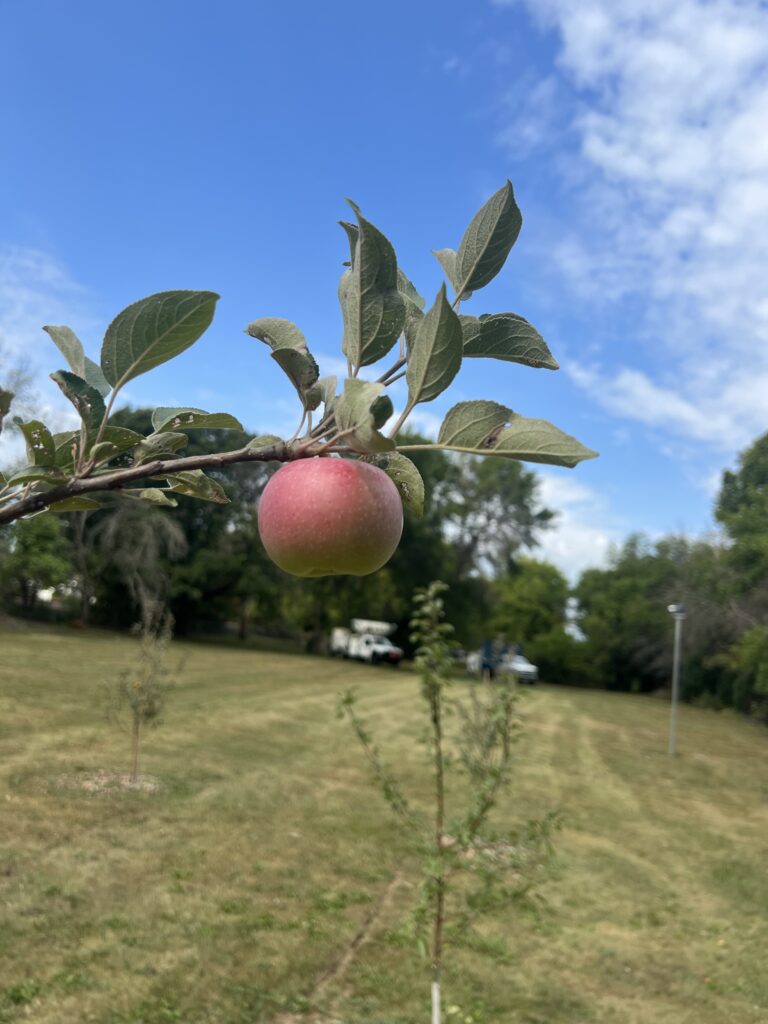 The city of Mauston (Juneau County, Wisconsin) is a small rural city of just under 4,500 people, situated along the I-90/94 corridor in central Wisconsin. Despite having a highly successful local manufacturing economy, a regional medical center and being situated in heavily trafficked regional tourist destination area, Mauston and Juneau County both have lower than average incomes and high levels of poverty. The region is one of Wisconsin’s rural food deserts, and the local food pantry, the Community Sharing Pantry, plays a crucial role in fighting local hunger.
The city of Mauston (Juneau County, Wisconsin) is a small rural city of just under 4,500 people, situated along the I-90/94 corridor in central Wisconsin. Despite having a highly successful local manufacturing economy, a regional medical center and being situated in heavily trafficked regional tourist destination area, Mauston and Juneau County both have lower than average incomes and high levels of poverty. The region is one of Wisconsin’s rural food deserts, and the local food pantry, the Community Sharing Pantry, plays a crucial role in fighting local hunger.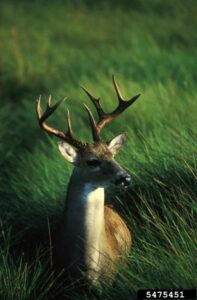
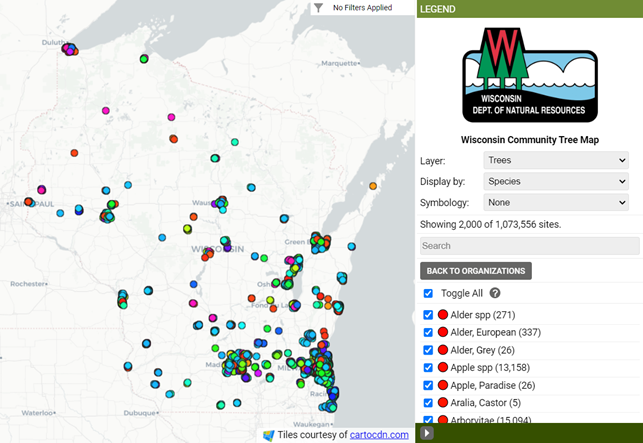 Ever since it launched in 2017, the
Ever since it launched in 2017, the